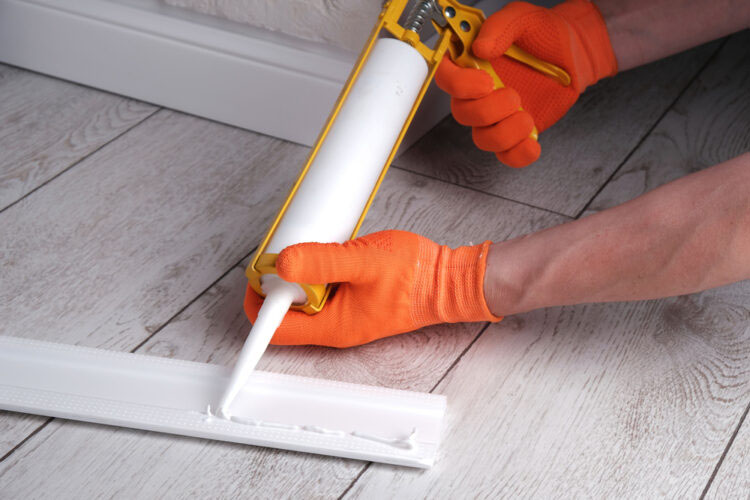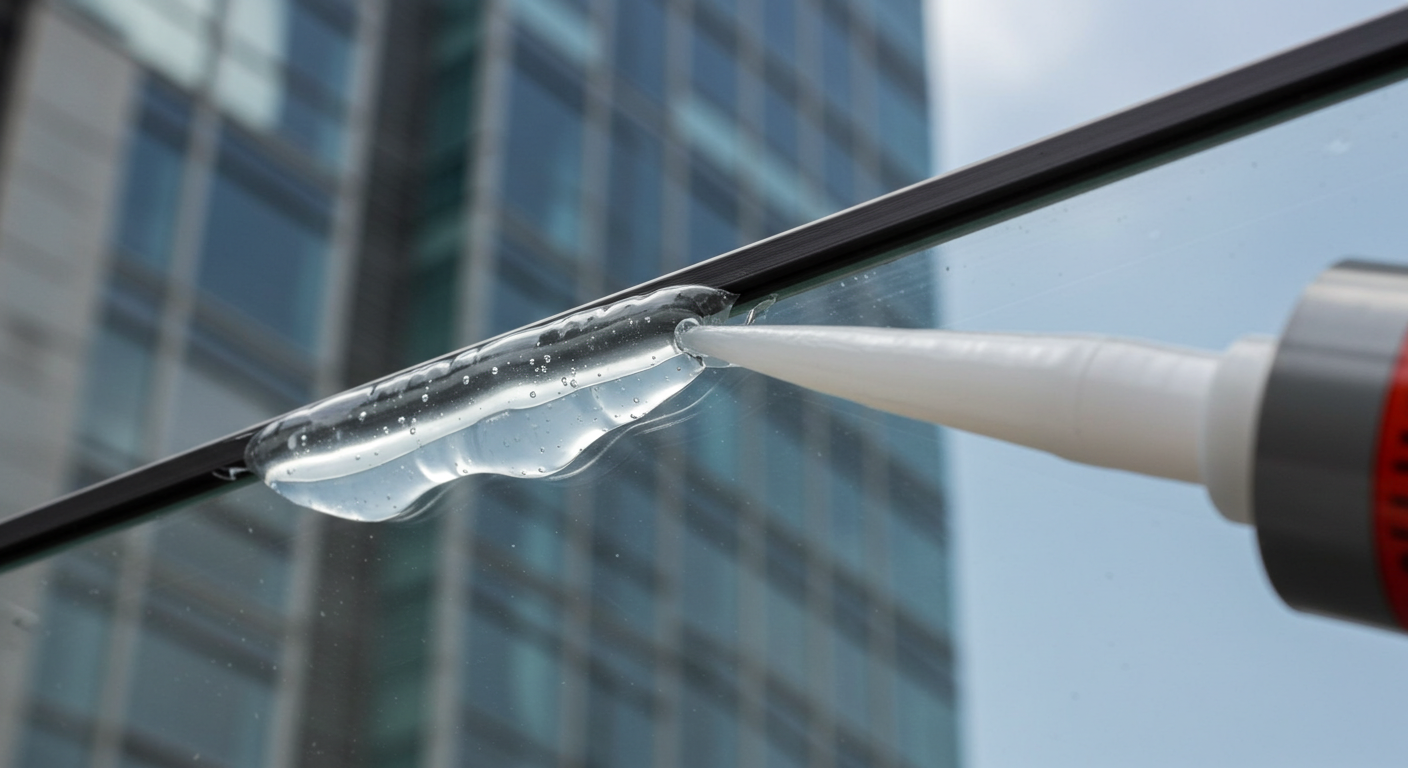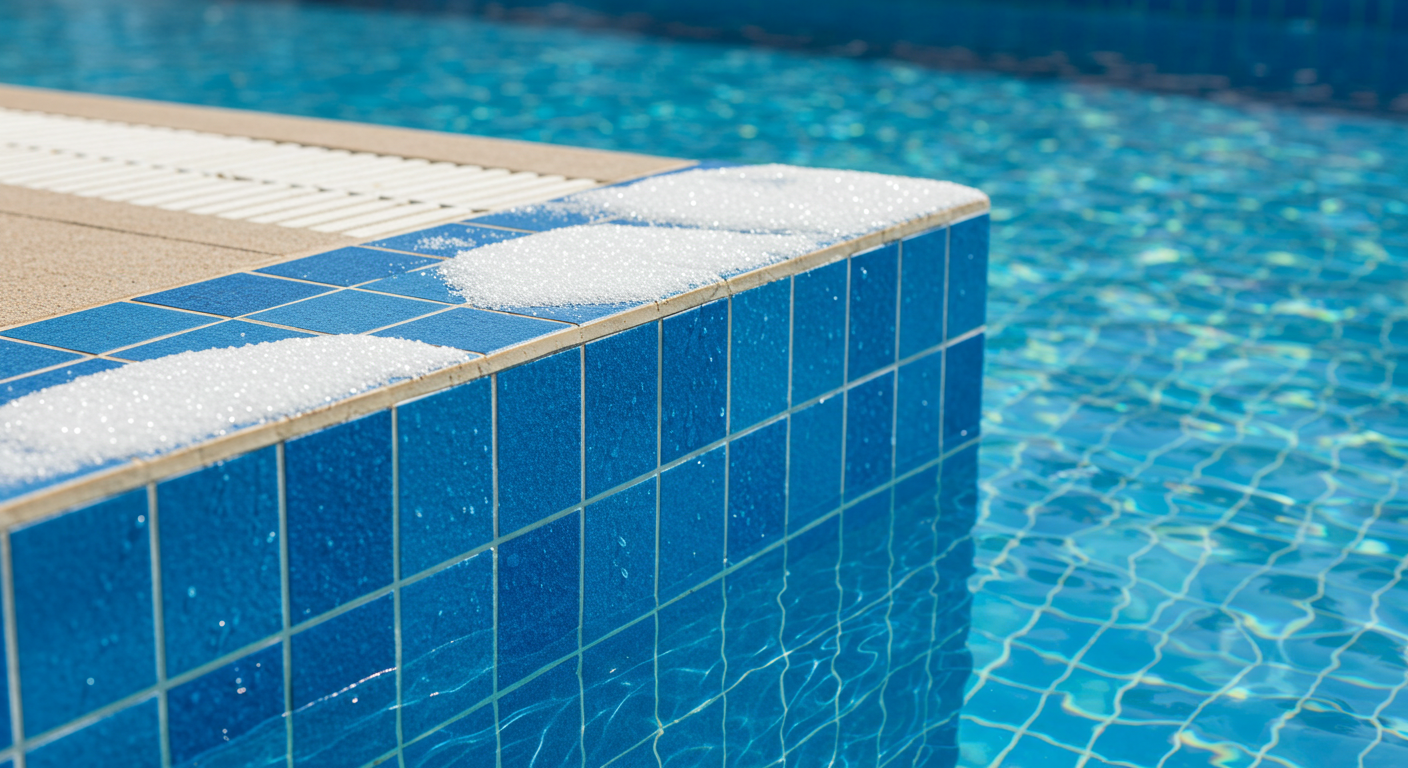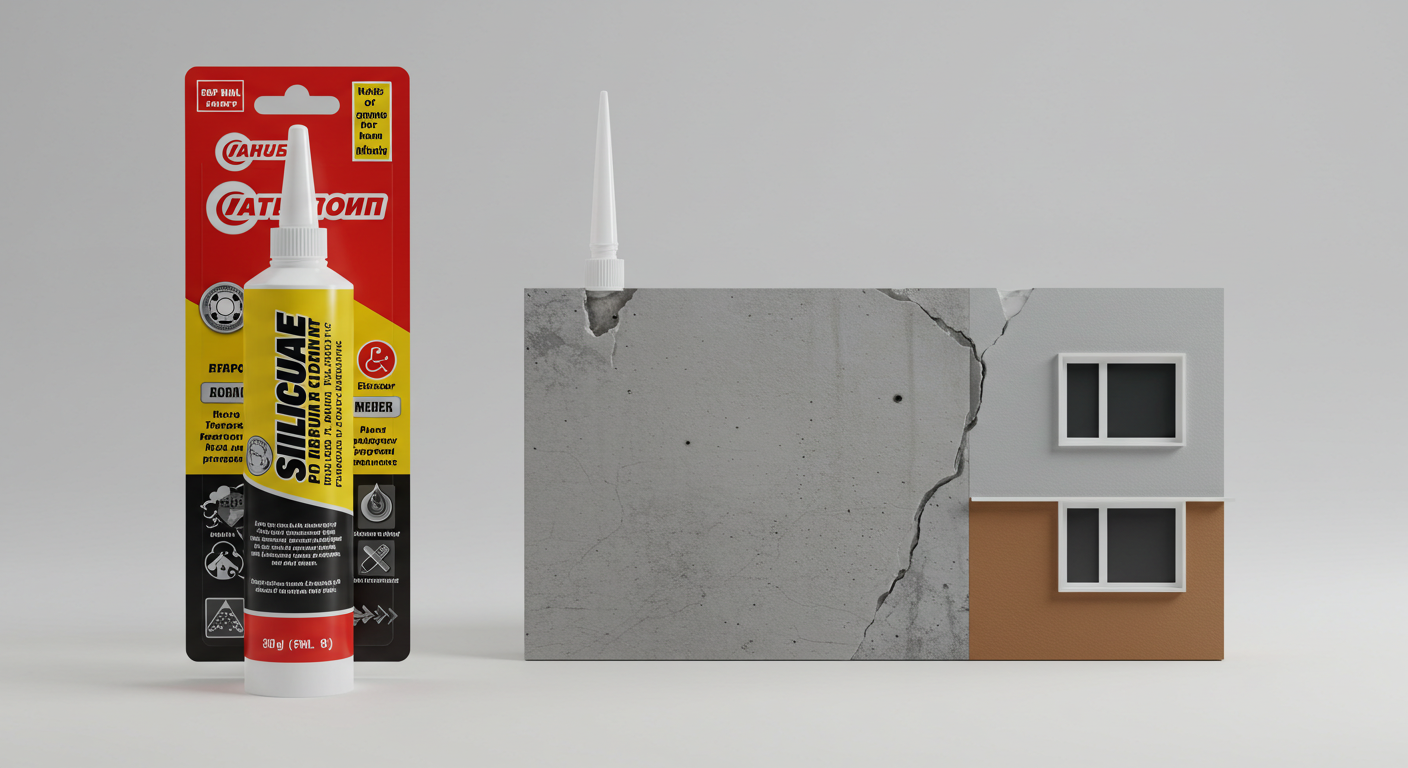How Effective is Liquid Nails for Foam to Wood Applications?
2025-01-24
When working on construction, renovation, or crafting projects, joining foam to wood can be a challenging task due to the differences in their textures, flexibility, and overall composition. Liquid Nails, a widely recognized brand of construction adhesives, is often considered a go-to solution for such tasks. But how effective is Liquid Nails in bonding foam to wood? Let’s explore its performance, advantages, limitations, and best practices for achieving a reliable bond.

Understanding Liquid Nails
Liquid Nails is a range of construction adhesives known for its versatility and strength. These adhesives are designed to bond a variety of materials, including wood, metal, foam, concrete, and more. They are available in various formulations tailored to specific applications, such as indoor, outdoor, heavy-duty, or lightweight bonding tasks.
For foam-to-wood applications, it’s essential to choose a Liquid Nails product that’s compatible with both materials and designed to withstand the conditions your project demands.
Why Use Liquid Nails for Foam to Wood?
Liquid Nails is often preferred for foam-to-wood applications due to its unique properties, which include:
-
Strong Adhesion: Liquid Nails creates a durable and long-lasting bond between foam and wood. It is engineered to penetrate wood’s porous surface and grip the foam effectively.
-
Flexibility: Foam often expands, contracts, or deforms slightly under pressure or temperature changes. Liquid Nails’ flexible formulations can absorb these movements without cracking or losing grip.
-
Ease of Use: The adhesive comes in user-friendly tubes that make application straightforward. With a caulking gun, you can apply precise amounts for clean and efficient bonding.
-
Time-Saving: Liquid Nails reduces the need for mechanical fasteners or lengthy drying processes, streamlining your project timeline.
-
Wide Compatibility: Certain Liquid Nails products are formulated to bond foam without melting or deteriorating it, making them a safe choice for foam-based materials.
Selecting the Right Liquid Nails Product
Not all Liquid Nails adhesives are suitable for foam-to-wood applications. Choosing the right product is critical to ensuring a secure and lasting bond. Below are some recommended options:
-
Liquid Nails Heavy Duty Construction Adhesive (LN-903)
-
Ideal for demanding projects.
-
Bonds foam and wood effectively while providing water resistance.
-
-
Liquid Nails Projects Construction Adhesive (LN-704)
-
A multipurpose adhesive suitable for light to medium-duty tasks.
-
Works well for smaller foam-to-wood applications.
-
-
Liquid Nails Foamboard Adhesive (LN-606)
-
Specifically formulated for foam bonding.
-
Prevents foam from melting, making it a safe and effective option.
-
-
Liquid Nails Subfloor & Deck Construction Adhesive (LN-602)
-
Provides additional strength and stability.
-
Ideal for large-scale projects involving foam insulation or panels.
-
Always read the product label to confirm compatibility with your materials and ensure the adhesive’s suitability for indoor or outdoor use.
Best Practices for Using Liquid Nails on Foam and Wood
To achieve optimal results when bonding foam to wood with Liquid Nails, follow these steps:
-
Prepare the Surfaces:
-
Ensure both the foam and wood surfaces are clean, dry, and free from dust, grease, or debris. Use a damp cloth or mild cleaner if necessary.
-
-
Choose the Right Adhesive:
-
Select a Liquid Nails product specifically formulated for foam-to-wood bonding to avoid potential damage to the foam.
-
-
Apply the Adhesive:
-
Use a caulking gun to apply a bead of Liquid Nails in a zigzag or straight pattern across the bonding area.
-
For larger surfaces, apply adhesive in multiple evenly spaced lines.
-
-
Position the Materials:
-
Carefully press the foam onto the wood, aligning it to the desired position.
-
Apply gentle, even pressure to ensure full contact between the surfaces.
-
-
Secure and Allow to Cure:
-
If necessary, use clamps, weights, or temporary fasteners to hold the materials in place while the adhesive cures.
-
Follow the curing time recommended on the Liquid Nails product label, typically ranging from 24 to 48 hours.
-
-
Clean Up Excess Adhesive:
-
Wipe away any excess adhesive immediately using a damp cloth or adhesive remover to achieve a neat finish.
-
Advantages of Using Liquid Nails for Foam-to-Wood Applications
-
Durability: Liquid Nails provides a strong, weather-resistant bond that can withstand temperature fluctuations and environmental stress.
-
Versatility: With the right product, you can bond various types of foam and wood, including treated, painted, or stained surfaces.
-
Cost-Effective: Liquid Nails is an affordable solution compared to specialized adhesives or mechanical fasteners.
-
Non-Damaging: Formulations like Liquid Nails Foamboard Adhesive ensure that foam materials are not melted or degraded during the bonding process.
Limitations to Consider
While Liquid Nails is highly effective, there are some limitations to keep in mind:
-
Curing Time: The adhesive requires time to cure fully, which can delay project completion if you’re on a tight schedule.
-
Surface Preparation: Inadequate cleaning or preparation can weaken the bond, so extra care is necessary during setup.
-
Temperature Sensitivity: Extreme temperatures during application or curing may affect the adhesive’s performance.
-
Not Repositionable: Once applied, the adhesive sets quickly, leaving little room for adjustments. Ensure precise alignment before pressing the materials together.
Common Applications for Liquid Nails with Foam to Wood
Liquid Nails is ideal for a wide range of projects, including:
-
Foam Insulation Installation: Attaching foam insulation panels to wooden frames in construction or renovation projects.
-
Craft Projects: Bonding foam decorations to wooden surfaces for DIY projects.
-
Soundproofing: Securing foam soundproofing panels to wood walls or frames.
-
Furniture Repair: Attaching foam padding to wooden furniture pieces.
Tips for Success
-
Work in a Ventilated Area: Liquid Nails emits fumes during application and curing, so ensure proper ventilation for safety.
-
Test Before Use: Conduct a small test on scrap materials to confirm compatibility and desired results.
-
Follow Manufacturer Guidelines: Always adhere to the instructions provided by Liquid Nails for the best outcome.
Conclusion
Liquid Nails is a reliable and effective adhesive for bonding foam to wood, provided the right product is chosen and applied correctly. Its strong adhesion, flexibility, and ease of use make it a popular choice for both professional and DIY applications. By following best practices and considering the specific requirements of your project, you can achieve a durable and lasting bond between foam and wood, ensuring success in your endeavors.




